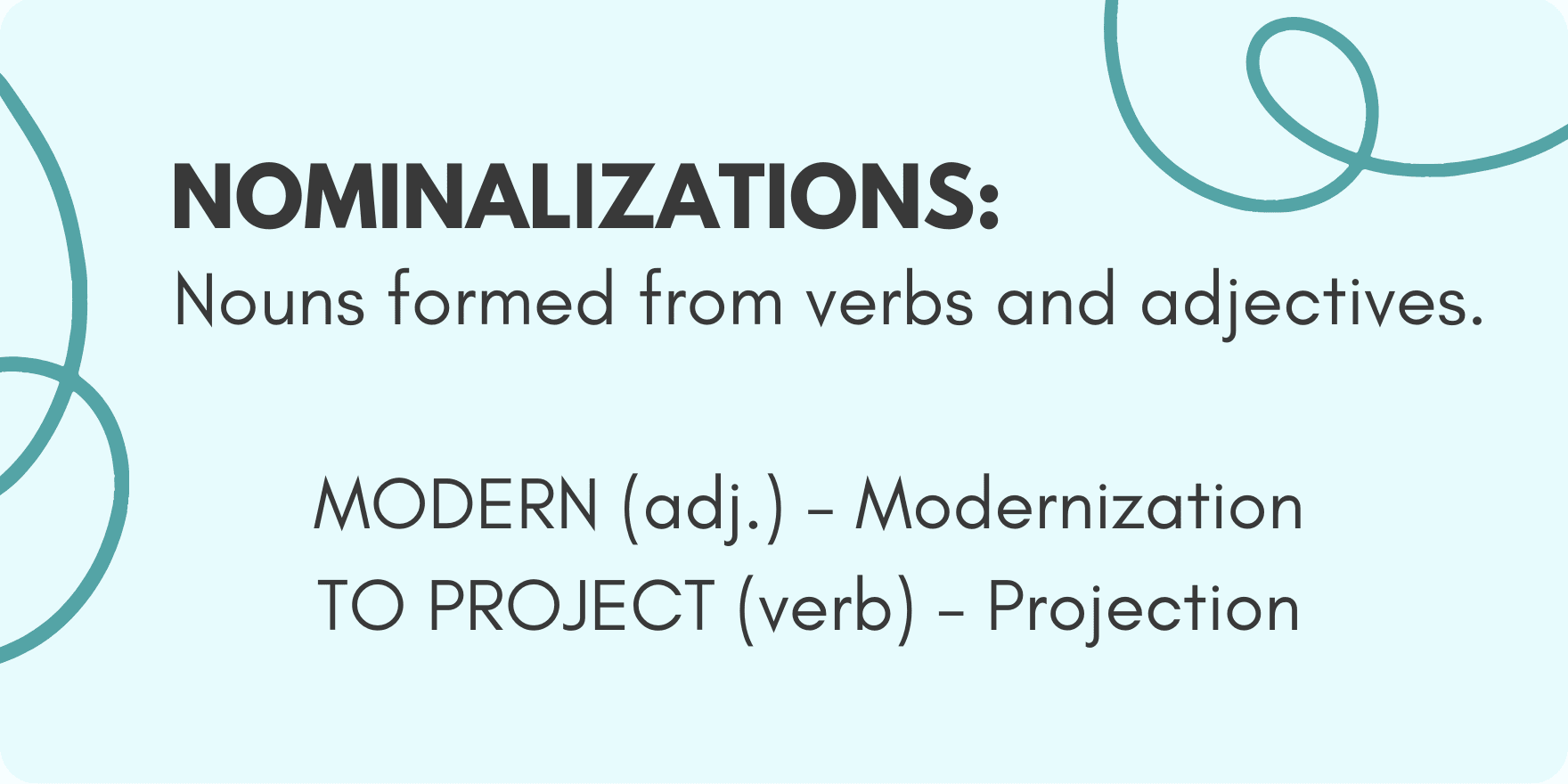About seven hundred years ago, the word affinity meant “relation by marriage.” By extension, the correct use of affinity concerns mutuality. But that sense of mutual interest is often missing in contemporary uses of affinity, such as these:
“He’s always had an affinity for growing tomatoes.” “They have an affinity for vintage clothes.” “My aunt Karen has an affinity for making wreaths for Christmas.” In these examples, “growing tomatoes,” “vintage clothes,” and “making wreaths for Christmas” are passive elements and not active components in a relationship. It would be better to say “a talent for growing tomatoes,” “a fondness for vintage clothes,” “a flair for making wreaths for Christmas.”
In the examples above, affinity is followed by the preposition for. But in proper English, you should avoid the phrase affinity for. Famous editor Theodore M. Bernstein urged writers to “discard for” and instead “utilize between, with, or sometimes to.”

Below are three sentences that use affinity accurately:
There is a close affinity between Cheryl’s music and the Hudson Brothers.
Most teachers have a natural affinity with children.
We tested two vaccines containing native proteins with affinity to porcine transferrin.
There is no affinity unless both parties share it.
Want to sharpen your business writing skills? Discover our acclaimed online courses.






